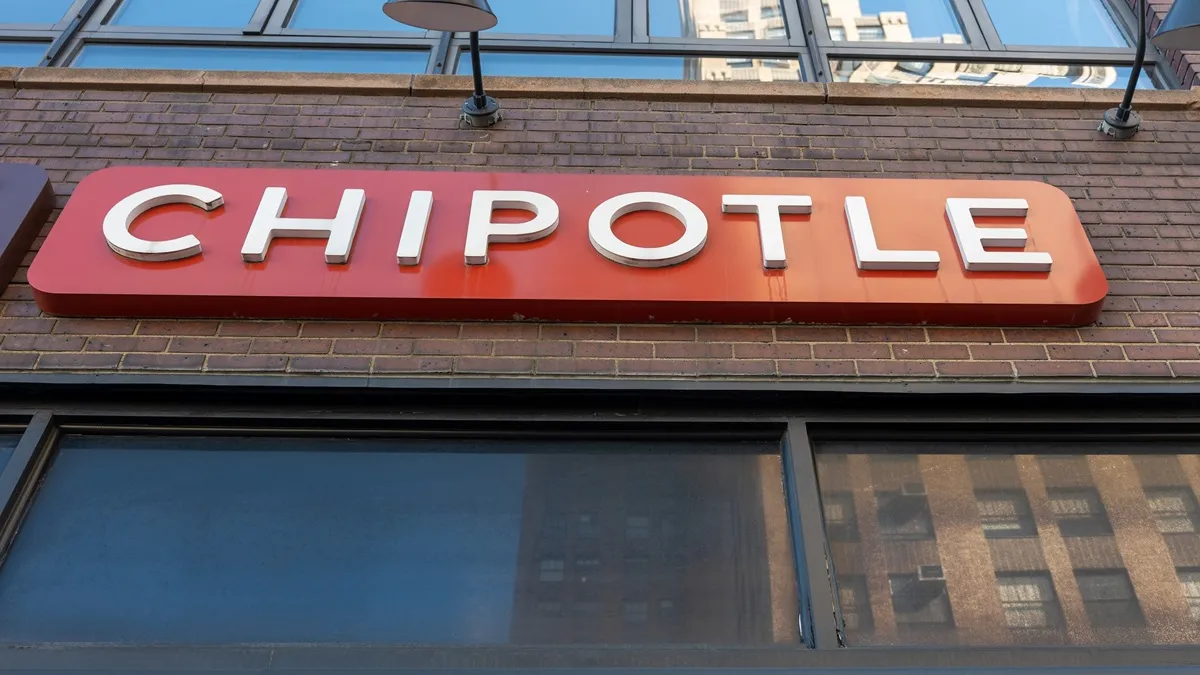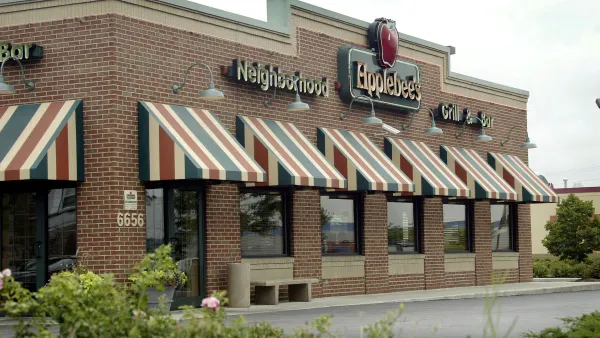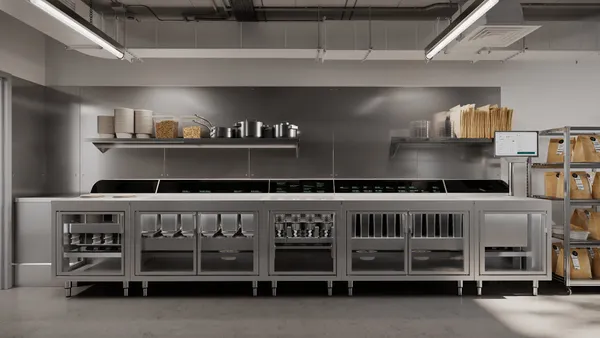In its first earnings report since former CEO Brian Niccol bolted for Starbucks, Chipotle displayed strong sales and a commitment to maintaining its current strategy while also boosting efficiency.
The chain’s Q3 comparable sales were up 6%, driven by roughly 3% transaction growth, Interim CEO Scott Boatwright said Tuesday during an earnings call. This marks the 17th consecutive quarter that the chain has had positive same-store sales growth.
The chain saw momentum build during the quarter as the impact of summer seasonality normalized and the chain launched its Smoked Brisket limited-time offer Sept. 10, he said. So far the item is “off to a very strong start driving incremental transactions and spend,” Boatwright said.
Smoked Brisket is one of the chain’s most expensive proteins, priced 30% higher than most other proteins on the menu and 20% higher than steak. But it’s helping boost tickets and traffic, William Blair analyst Sharon Zackfia said in a report email to Restaurant Dive.
“While Brisket proved so popular in 2021 that Chipotle sold out of it in November, management expects this year’s supply will be sufficient to last through the fourth quarter,” Zackfia said.
The company is also testing Chipotle Honey Chicken, which is chicken seasoned with adobo, Mexican spices and a touch of honey, Boatwright said. It’s one of the chain’s strongest tests to date in both pre-market testing and market tests in Nashville, Tennessee, and Sacramento, California. The honey chicken will be rolled out chainwide in the near future.
Launching LTOs is just one of the strategies that management continues to use following its recent leadership transition.
Chipotle’s same-store sales
Continuity of leadership, key strategies
Boatwright, who became interim CEO upon Brian Niccol’s September departure, emphasized the chain’s ongoing priorities: Using technology and innovation to drive growth and productivity, sustaining world-class leadership, making the brand more visible and relevant, and expanding access and convenience by adding restaurants in North America and beyond.
Other chains like Starbucks and El Pollo Loco have quickly adopted new plans under new leadership to help turn around sales declines. But Chipotle’s business is strong and the leadership transition took place because of problems at a different company.
At the restaurant level, the company continues to increase deployment of expediters — staff members who help speed up the order assembly and payment, Boatwright said.
Restaurants that have an expediter in place average five incremental entrees in their peak 15 minutes, he said. It has been challenging to execute this strategy because this employee is often assigned tasks like food prep that keep them away from manning the position.
To solve this issue, Chipotle decided to have the manager on duty fill the expediter position during peak times. This helped increase the percentage of restaurants with an expediter in place from 50% in Q2 to over 60% last quarter, he said.
“It has also helped to drive accountability, improve communication with the guests and ensure we are properly ringing up each order,” Boatwright said.
The chain has also been rolling out new equipment and technology, Boatwright said. It’s in the process of adding a dual-sided grill to 74 restaurants, which is expected to be completed by the end of November. The new grill, which Chipotle refers to as a plancha, improves cook times and consistency and is also being evaluated for new restaurants and retrofits of existing restaurants, Boatwright said.
Another eye-catching piece of back-of-house equipment in testing is a produce slicer that helps prep ingredients like jalapeños and bell peppers, which are among the most time-consuming and repetitive items to process, Boatwright said. All restaurants should have the new slicer by the end of next summer, he said.
In September, the chain began piloting its automated makeline from Hyphen and the Autocado, which cuts, cores and scoops avocados. The chain has already received feedback on both machines from guests and staff that will be incorporated into future iterations, Boatwright said.
“I envision significant back-of-the-house changes in the near future that will drive efficiencies and improve the consistency of our culinary in our restaurants,” Boatwright said.















